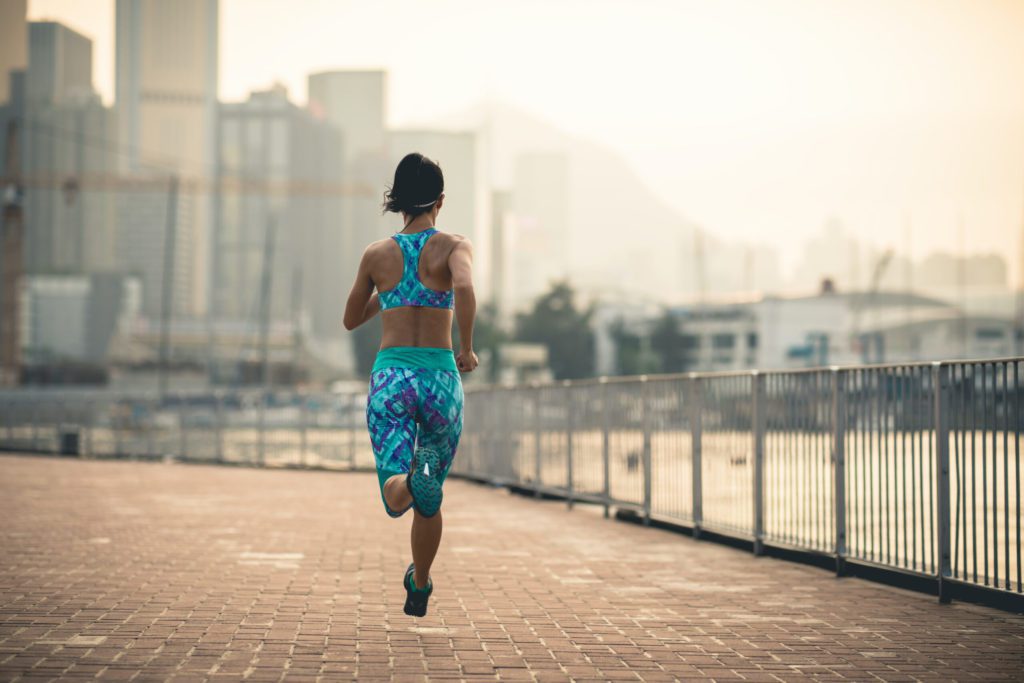When the COVID-19 pandemic began, restaurants closed their doors, busy shopping centers were suddenly barren, and events with major gatherings were canceled. It seemed as if the entire world was at a standstill.
Among the most impactful closings, were those associated with gyms, parks, and outdoor spaces that were commonly used for social, leisure, and exercise purposes. These limitations drastically reduced the ability to harness the benefits to physical activity, which have been shown to support health and wellness in numerous ways throughout the pandemic.
In this blog, we’ll provide insight into the benefits to physical activity as it relates to COVID-19 and your overall health and wellbeing.
BENEFITS OF PHYSICAL ACTIVITY FOR THE IMMUNE SYSTEM AND COVID-19
Exercise is an important factor in maintaining a healthy immune system. To understand why exercise helps the immune system, we need to first understand how it works.
The immune system is comprised of specialized cells, organs, and chemicals that work together to provide a barrier between the body and potential pathogens. From there, the immune system is divided into two parts: innate immunity (nonspecific) and adaptive immunity (specialized).
Innate immunity refers to the body’s initial, limited defense against foreign germs. Two examples of innate protective organs include the skin and mucous membranes.
Adaptive immunity, on the other hand, is responsible for taking over if the innate system cannot fully block a pathogen. It also targets specific germs with greater accuracy and has a “memory” so that the next time the germ enters the system, the immune response will be faster. The adaptive system includes T lymphocyte, B lymphocytes, and antibodies.
When exercising, there is an increase blood flow and release of chemicals that act as natural anti-inflammatories and promote healing. It also prompts the body to produce more feel-good endorphins that can reduces stress levels, which have been shown to suppress the body’s ability to fight off infections.
Heart rate also increases due to exercise, which results in benefits to physical activity, such as strengthened heart muscles and increased lung capacity. The increased oxygenation of tissues due to increased respiration during aerobic activity has also been linked with lower inflammation levels throughout the body including those found in joints, muscles, and organs.
BENEFITS OF PHYSICAL ACTIVITY FOR COVID-19 LONG HAULERS
COVID long haulers are those who had COVID-19 but continue to experience symptoms over an extended period without being contagious. Recurring symptoms may include muscle aches, fatigue, difficulty breathing, and brain fog, all of which can take a toll on the body and can cause stress and depression.
Some of the benefits to physical activity for COVID long haulers include mood boosts, improved mental health, and higher energy levels. For those with breathing trouble, high intensity exercise might be difficult so sticking to a leisurely walk or light weightlifting session are both great alternatives.
WHAT IS THE RIGHT AMOUNT OF PHYSICAL ACTIVITY?
According to the World Health Organization, the amount of daily physical activity varies by age group. According to the WHO’s recommendations, here is an overview of the amount of time each group should be active:
- Infants (less than 1 year old): A few times a day
- Children under 5 years old: At least 180 minutes daily
- Ages 5 – 17: At least 60 minutes of moderate to vigorous-intensity activity, 3 days per week
- Ages 18+: At least 150 minutes of moderate activity or 75 minutes of vigorous-intensity activity throughout the week
- Those who are older or struggle with mobility should focus on exercises that are gentle on the joints and muscles, safe from the risk of falling, and can improve balance.
Here are some additional health benefits to physical activity:
1. Your Mood
Physical activity offers a wealth of benefits for overall wellbeing. It has been shown that even a short amount of exercise, such as a walk outside, can increase energy levels, boost self-esteem, improve mood, and decrease stress levels.
2. Your Sleep
Benefits to physical activity have also been linked to higher quality sleep for those who struggle with insomnia or other issues related to poor sleep. Sleep is a natural, necessary process that occurs in the human body to allow for rest and recovery. When sleep deprivation occurs, it can lead to fatigue, decreased motivation, irritability, and other negative effects on mood and behavior.
Incorporating moderate exercise into a daily routine, can cause an individual to feel well-rested and energized during the day. This is because physical activity helps to regulate the body’s natural rhythms and boosts serotonin — a mood stabilizer — levels in the brain.
3. Your Hormones
Exercise also increases the production of melatonin, which is a hormone that regulates our body clock and tells us when it’s time to go to bed. Getting in a morning workout is great for this, as it causes tiredness to set in earlier in the evening, which will increase the time available to sleep.
IDEAS FOR STAYING SAFE AND ACTIVE DURING THE COVID-19 PANDEMIC
Looking to build out a new exercise routine or need help coming up with some safe ways to get moving? Here are some of our favorites:
- Go for a walk, run, hike, or bike ride
- Opt for the stairs instead of the elevator when you can
- Take up hiking, golfing, or swimming
- Play with your pup or take them for a walk outside
- Download a fitness app for at-home workouts
Ultimately, the benefits to physical activity are far and wide in terms of overall health, wellbeing, and the prevention or management of COVID-19 symptoms. By incorporating moderate to high-intensity workouts — depending on your preference — for short periods of time each day, you are indirectly boosting your immune system, which is key to fighting off viruses like COVID-19.
